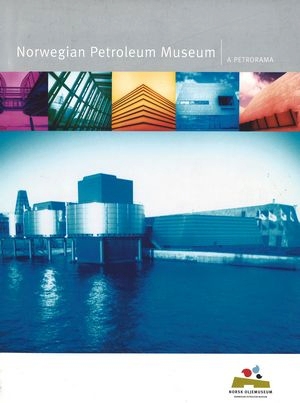Books in English published by the Norwegian Petroleum Museum
Getting down to it – 50 years of subsea success in Norway
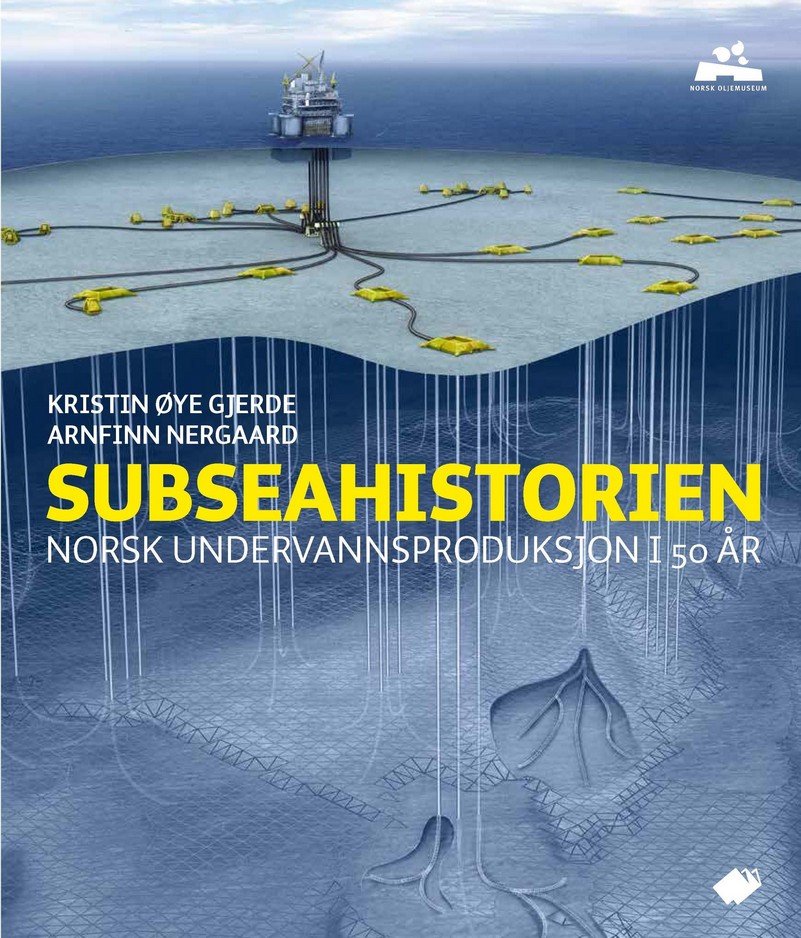
Norway’s subsea history is a tale of pioneering spirit and drive, innovation and boldness, and world class technology solutions and engineering skills.
It’s about staking out an unexplored route, and about the way Norway – despite harsh weather conditions, deep waters and strict government regulation – has moved from importing subsea equipment for its Ekofisk field in 1971 to become a leading exporter of underwater technology worldwide in 2019.
Subsea wells currently account for about half of Norway’s offshore oil and gas production. But Norwegian offshore technology also has a substantial transfer value to related activities such as offshore wind power, aquaculture and seabed mining.
This sector will thereby provide the basis for new industrial development in coming decades. Knowing where the industry has come from will be valuable for understanding its present position – and where it is heading.
Underwater technology is not only an important element in the oil and gas industry, but also a key part of Norwegian industrial and contemporary history.
The book is written by Kristin Øye Gjerde and Arnfinn Nergaard. The Norwegian Petroleum Museum has had the responsibility of organizing and realization of the project.
This book has been written for a broad audience, is copiously illustrated and presents developments partly chronologically and partly thematically. The story of Norwegian subsea technology has both a national and an international market. In June 2019 it was published in separate and parallel English and Norwegian editions.
The book is available in the museum shop.
The publisher Wigestrand publishing house has issued an eight pages leaflet that can be downloaded from here: Subsea history leaflet
On the edge, under water – offshore diving in Norway
This book published in 2014 is an English version of the book “Nordsjødykkerne”, published in Norwegian in 2009. “On the edge, under water” documents offshore diving and the pioneer divers on the Norwegian continental shelf. Historians Kristin Øye Gjerde and Helge Ryggvik have sought to provide a nuanced and broad-based historical presentation, which carries the story from the start of oil exploration on the NCS down to the present day. Divers in the North Sea have been key players in developing the Norwegian oil industry. They helped to establish a new and unknown industry, which presented substantial challenges and the need to move boundaries. The authors write about the divers and their work, technological development and research, the diving companies, unionisation and government regulation. They provide an insight into a tough and risky profession, where accidents and tragedies have made their mark.
More information: “On the edge, under water”
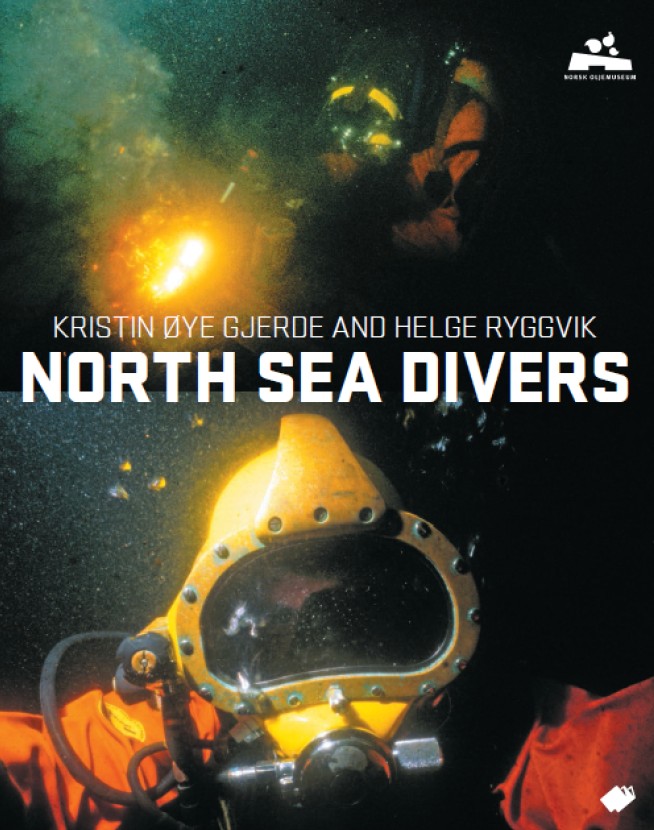
Oil and gas Fields in Norway. Industrial Heritage plan
This book published in 2011 is a result of a project initiated by the Norwegian Petroleum Museum to develop an industrial heritage plan for the offshore petroleum industry in Norway. The project was sponsored by the Ministry of Petroleum and Energy, the Norwegian Petroleum Directorate and the Norwegian Oil Industry Association.
The book includes presentations of Fields and installations for petroleum production on the Norwegian Continental Shelf.
The book can be read in pdf-version: Oil and gas Fields in Norway
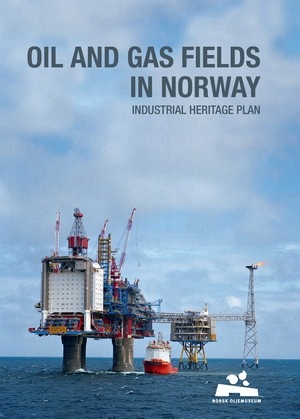
Crossing Boundaries – Frigg Industrial Heritage
The book Crossing Boundaries – Frigg Industrial Heritage was launched at the Norwegian Petroleum Museum at the 17th of June 2010.
The history of Frigg is a story of crossing boundaries – in more than one sense. This field was the second to be discovered and developed on the Norwegian continental shelf, and extended across the median line boundary into the UK sector. With French company Elf – now Total – as operator, development and operation involved bringing together three nations: France, Britain and Norway. In its day, Frigg was the largest gas field to be developed offshore and the one which lay in the deepest water. All the installations on Frigg have now been removed, but its history is preserved in this book and on the Frigg Industrial Heritage website.
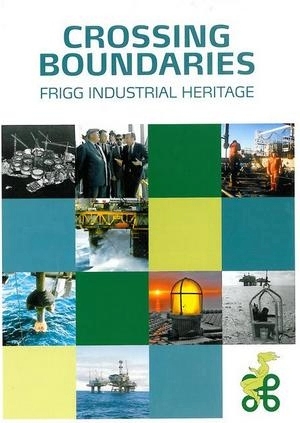
Norwegian Petroleum Museum : a Petrorama
Published in 2000, the “Petrorama” gives a presentation of the Exhibitions at the Museum. A survey of Norwegian petroleum history can also be read. The architecture of the Museum is presented with several pictures.
